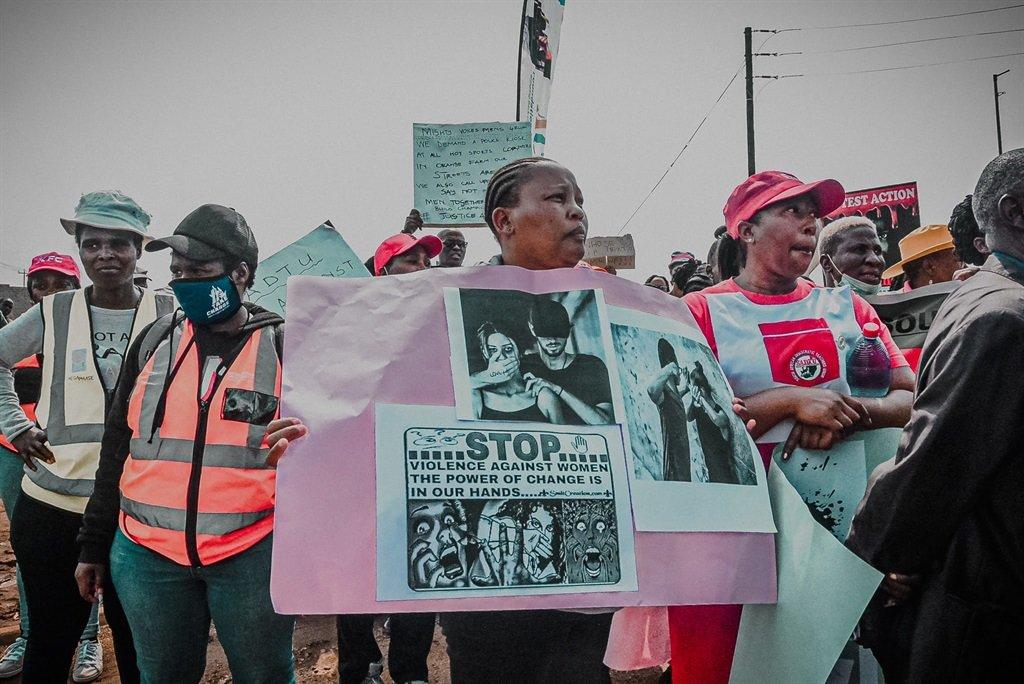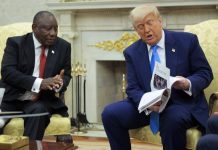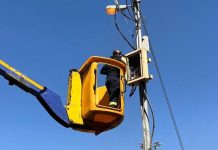Africa-Press – South-Africa. The South African media landscape is currently not doing well when reporting on gender-based violence (GBV), a webinar on the National Strategic Plan (NSP) heard on Wednesday.
“I have given you the research. We are not doing very well in terms of how we are reporting on GBV and we need some serious capacitated intervention,” said the technical advisor for the German Development Cooperation (GIZ) and UN Women, Luxolo Matomela.
Matomela, who was a speaker during a virtual webinar on localising the implementation of the NSP to end GBVF [gender-based violence and femicide], referred to Pillar Two of the NSP: Prevention and Rebuilding Social Cohesion.
Pillar Two aims to rebuild the social fabric in ways where GBVF and violence are deemed unacceptable.
A fellow speaker on the subject, Agape Youth Movement’s Matsetsebale Tleane, said Pillar Two spoke to people’s ubuntu and understanding that GBVF could be prevented in South Africa.
“Our pillar really sets out to turn the tide of GBV in the country by focusing on eliminating the social acceptance of all forms of violence against women, children and LGBTQIA+,” Tleane said.
READ | Are gender-based murders becoming more violent?
The media was highlighted as a key role player in the reporting of GBVF, in order to achieve prevention and social cohesion.
“We also found ourselves training the media on how to be sensitive in reporting the cases of GBV and how to utilise the media to educate the public about this,” Tleane said.
News24 probed speakers on Pillar Two as to how the media could play a role as well as the assessment of the SA media landscape’s reporting on GBVF.
Matomela referred to the content statistics of a baseline study, which was done by the GIZ and UN Women, through a project called “step it up for gender equality in South African media”.
“There, we started a baseline study looking at 600 hours of programming across the biggest television stations, focusing on news, entertainment and children’s programming. What we found was pretty alarming in terms of where the media actually is,” Matomela said.
According to the panelist, the baseline study revealed that only 2% of television news focused on GBV as a topic at all. Of the two, women were heard less than men. In addition, women make up just 39% of news sources.
“When we get to more important topics, like politics, economics, the stuff that is setting the socio-political agenda of South Africa, women only make up 30% of the commentators, so it means that men are explaining the world to us at 70% of those who are quoted,” Matomela said.
Matomela said gender sensitivity training was required to challenge a couple of things, such as language, sourcing, angle, who speaks, frameworks and the risk of re-victimisation, to name a few.
The NSP aims to “provide a cohesive strategic framework to guide the national response to the hyper-endemic GBVF crisis in which South Africa finds itself”.
The NSP, which was developed by the interim steering committee in April 2019 was one of the outcomes of South Africa’s first national summit against GBVF, amid a rise in incidents of violence against women and children, News24 reported.
For More News And Analysis About South-Africa Follow Africa-Press






